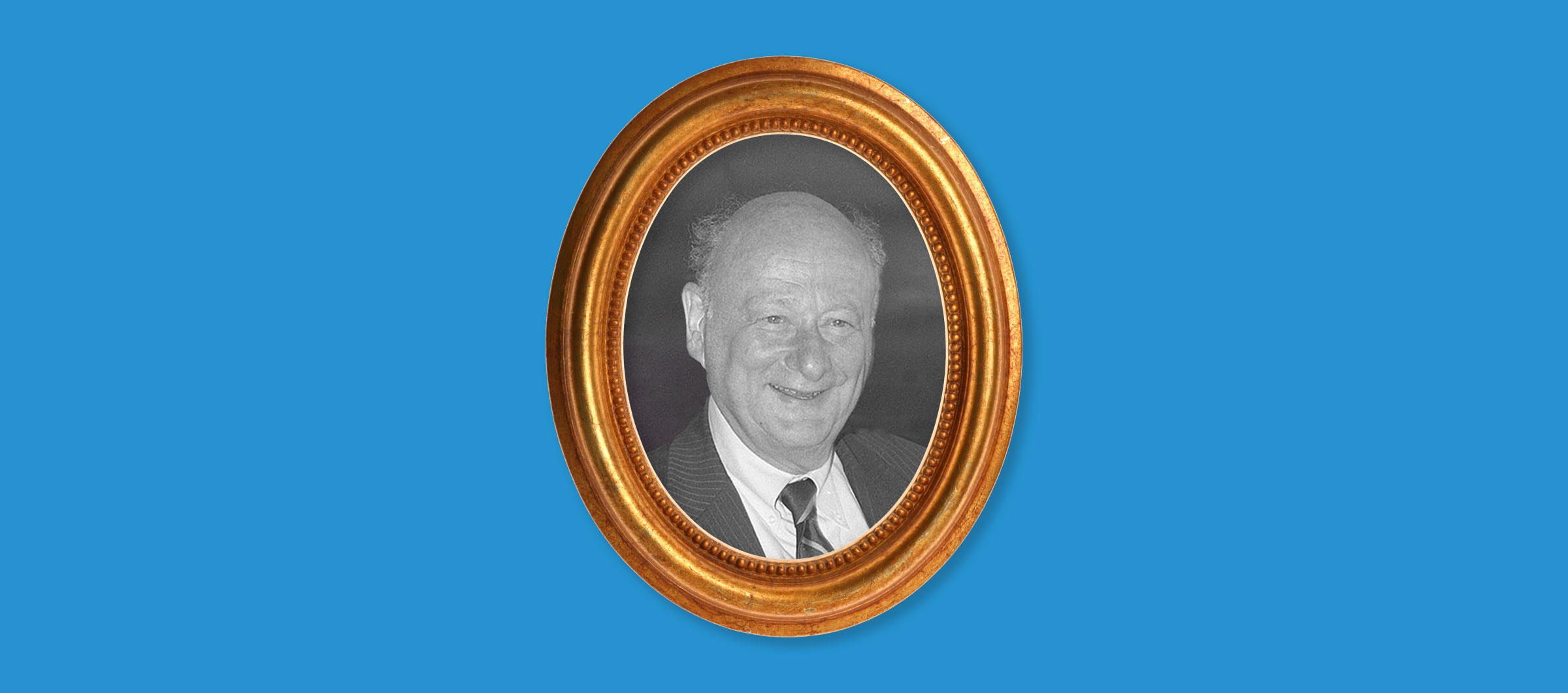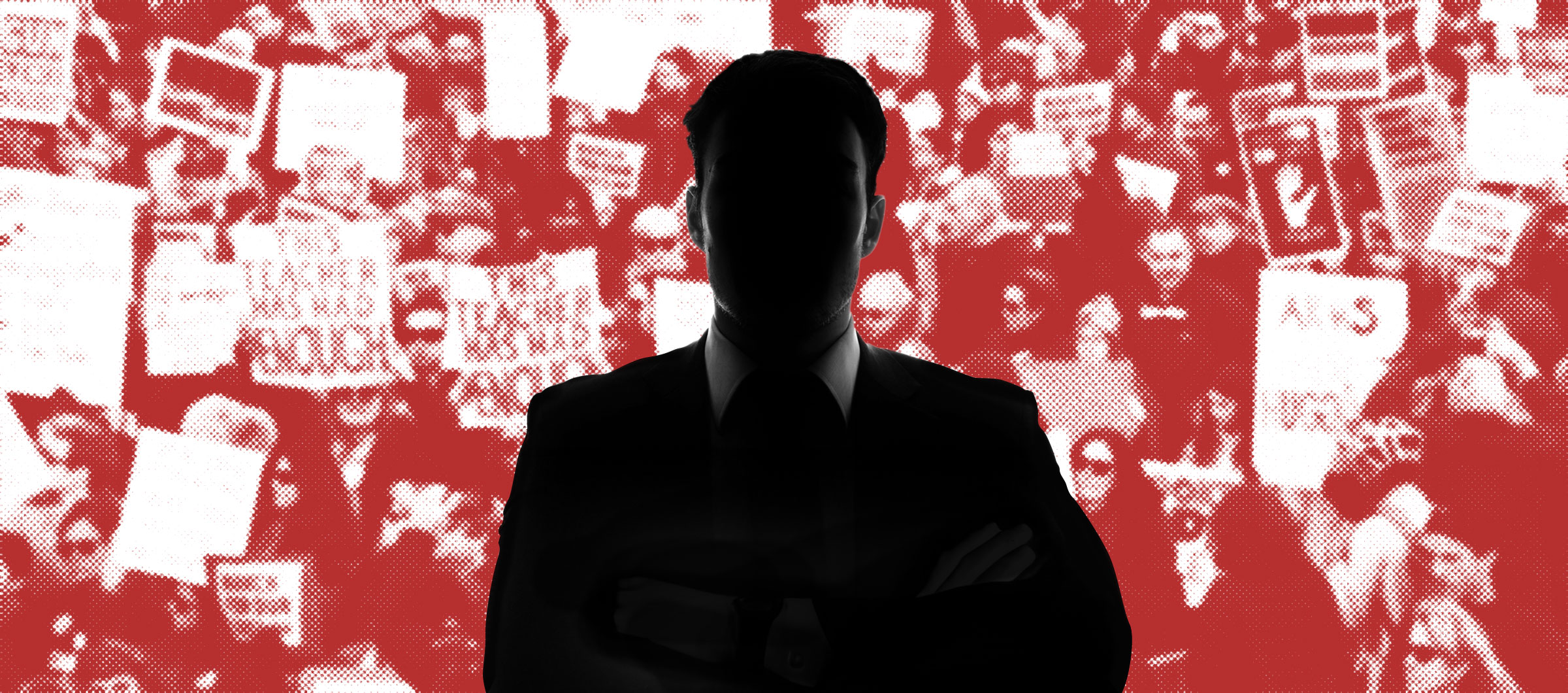
The strongest brands in healthcare build a connection with patients, but do you also know what your own physicians, nurses and other employees are saying about your organization and their…
Read More
Subscribe to Our Thinking, valuable insights for healthcare execs, communicators and marketers.







